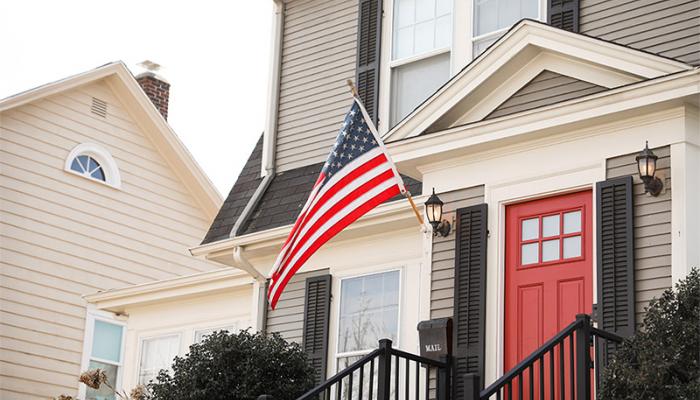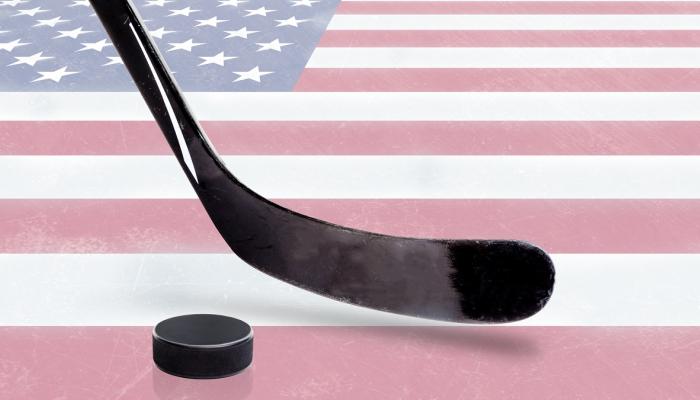Everyone on active duty, as well as many guard personnel and reservists, are enrolled in Servicemembers’ Group Life Insurance (SGLI). However, your SGLI coverage expires 120 days after you retire from qualifying military service. Selecting the right life insurance is crucial for all new Veterans as they transition back into the civilian world.
Not sure which life insurance is right for you post-military? We've got you covered! Below are a variety of life insurance policies that will ensure your family's financial security if something were to happen to you after separating from the military.
Veterans’ Group Life Insurance
When you separate from the military, you have the option to convert your SGLI benefit over to Veterans’ Group Life Insurance (VGLI). But, you have a limited time frame after separation to apply — one year and 120 days, to be exact. After that window closes, you are no longer eligible for VGLI.
Additionally, the VA must know your health status before they approve your transfer from SGLI to VGLI. You must prove you are in good health if you apply for VGLI more than 240 days after separating from the military.
VGLI rates usually start at around $35, but like most other types of life insurance, the monthly premiums rise as you get older. Your coverage can be renewed every five years and will continue to do so if you pay your premium on time every month.
There are considerable perks to having VGLI:
- You can have the same coverage up to what you were covered under SGLI
- VGLI coverage ranges from $10,000 to $400,000 in life insurance benefits
- Coverage does not expire, but premiums do increase with age
- Premium rates are the same for smokers and non-smokers
Life Insurance for Disabled Veterans
The VA offers several types of life insurance catered explicitly towards Veterans with a service-connected disability rating. Let’s take a look at some common life insurance options for disabled Veterans.
Veterans Affairs Life Insurance (VALife)
Having opened for applications on January 1, 2023, Veterans Affairs Life Insurance (VALife) is the VA's new life insurance program for Veterans with service-connected disability ratings. If you're under 80 years old and have a disability rating, even if it’s 0%, you are eligible for VALife. Your application will be automatically approved if you meet these requirements. You don't need to prove you're in good health to receive approval.
With VALife, you can get up to $40,000 in whole life insurance coverage. Premiums are based on your age when you apply, and they're locked in for the life of the coverage. Your VALife rates will stay the same as long as you keep your policy. There's a two-year waiting period for full coverage. Still, premiums will be paid to beneficiaries if a loss occurs in the first two years.
Service-Disabled Veterans Life Insurance (S-DVI)
Service-Disabled Veterans Life Insurance (S-DVI) is a program in the process of being phased out by the VA. New applications for S-DVI are no longer accepted. The VA urges current Veterans using the program to transfer their S-DVI coverage to VALife.
If you are currently covered by S-DVI, you aren't obligated to transfer to VALife, and you can keep your benefits for as long as you pay the premiums. It's important to note that while S-DVI offers premium waivers for those with a 100% disability rating, VALife does not. However, if you're interested in transferring, you should know how your coverage and premiums may change depending on when you transfer:
Transferring from VALife to S-DVI
| By December 31, 2025 | On or After December 31, 2025 |
|---|---|
| Retain your S-DVI during the 2-year waiting period until your VALife Benefits start | Your S-DVI ends the day your VALife application is approved |
| You must pay for both policies during the waiting period | You only have to pay VALife premiums during the 2-year waiting period |
| You won’t have full coverage during the waiting period |
Veterans' Mortgage Life Insurance (VMLI)
Veterans' Mortgage Life Insurance (VMLI) is mortgage protection for Veterans with service-connected disabilities who've used a Specially Adapted Housing (SAH) grant to upgrade their home to fit their needs. You must have the tile and mortgage on the house and be under 70 years old.
When a Veteran covered by VMLI dies, their family will receive a payment towards their mortgage of up to $200,000 that will be paid directly to their lender. The coverage amount decreases as the mortgage balance decreases. If the mortgage is paid off, VMLI coverage ends. Additionally, a VMLI policy has no cash value and doesn't pay dividends.
Your VMLI premium is based on how old you are, the balance of your mortgage, the amount of payments you have left, and the amount of coverage you may need.
Other Life Insurance Options
There are several non-VA types of life insurance for Veterans that vary in their benefits, premiums and payouts.
Term Life Insurance
A term life policy is the most basic of all commercial life insurance. You purchase coverage at a specific price for a specific period of time, and its purpose is to pay a predetermined amount to your beneficiaries if you die. It has no investment component, and you are no longer covered when the term expires.
Whole Life Insurance
When you purchase a whole life policy, you have life insurance coverage that does not expire as long as you pay the monthly premium. Premiums remain constant throughout the policy's life, so the younger you are when you buy it, the cheaper it'll be. The company invests a portion of your premium, and you can choose to receive dividends from your account or add the earnings back into your account to reduce your payments. The insurance company determines where your money is invested. The premiums for whole life insurance typically are more expensive than those for a term life insurance policy.
Universal Life Insurance
Universal life policies are similar to whole life policies in that they do not expire and have an investment portion. The difference is you decide how much above the premium you invest. The company chooses the investment vehicle, generally restricted to bonds and mortgages. The investment and the returns go into a cash-value account, which you can use against premiums or allow to build.
Variable Life Insurance
Variable policies are similar to whole life and universal life policies, but there is a wider variety of investment options, and you control where the money is invested. With these choices comes more risk. This type of insurance also tends to be the most expensive. Beneficiaries will either receive the predetermined insurance amount, or the insurance amount plus some of the procured cash from investments.
What's the best life insurance for Veterans?
Deciding which life insurance to choose will depend on your context and needs. VA life insurance may be more Veteran-friendly and account for service-connected disabilities. In contrast, non-VA life insurance options may allow for more choice in how your policy works.
Consider your options, but remember: Typically, the younger you invest in life insurance, the more you will save. But even more crucially, your family will be cared for, giving you peace of mind.
Related Posts
-
 2025 VA Disability Pay Charts with CalculatorVA disability pay for 2025 increased by 2.5%. New VA disability compensation rates take effect December 1, 2024. Below are the projected 2025 rates and a VA disability payment calculator to determine your disability compensation quickly.
2025 VA Disability Pay Charts with CalculatorVA disability pay for 2025 increased by 2.5%. New VA disability compensation rates take effect December 1, 2024. Below are the projected 2025 rates and a VA disability payment calculator to determine your disability compensation quickly. -
 Military Families Can Save Big at NHL Games This SeasonCheck here for NHL military discounts and appreciation nights for military families. See if your favorite team offers discounted tickets to home games.
Military Families Can Save Big at NHL Games This SeasonCheck here for NHL military discounts and appreciation nights for military families. See if your favorite team offers discounted tickets to home games.


